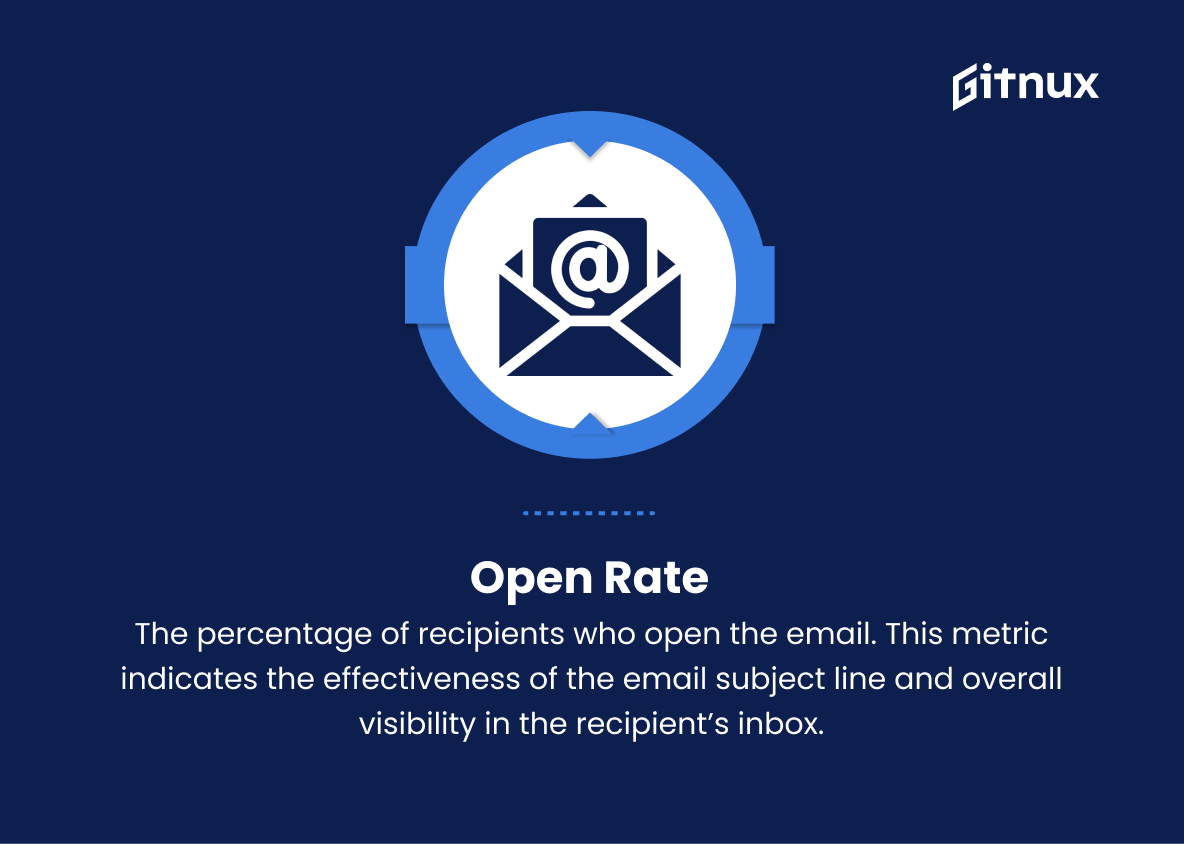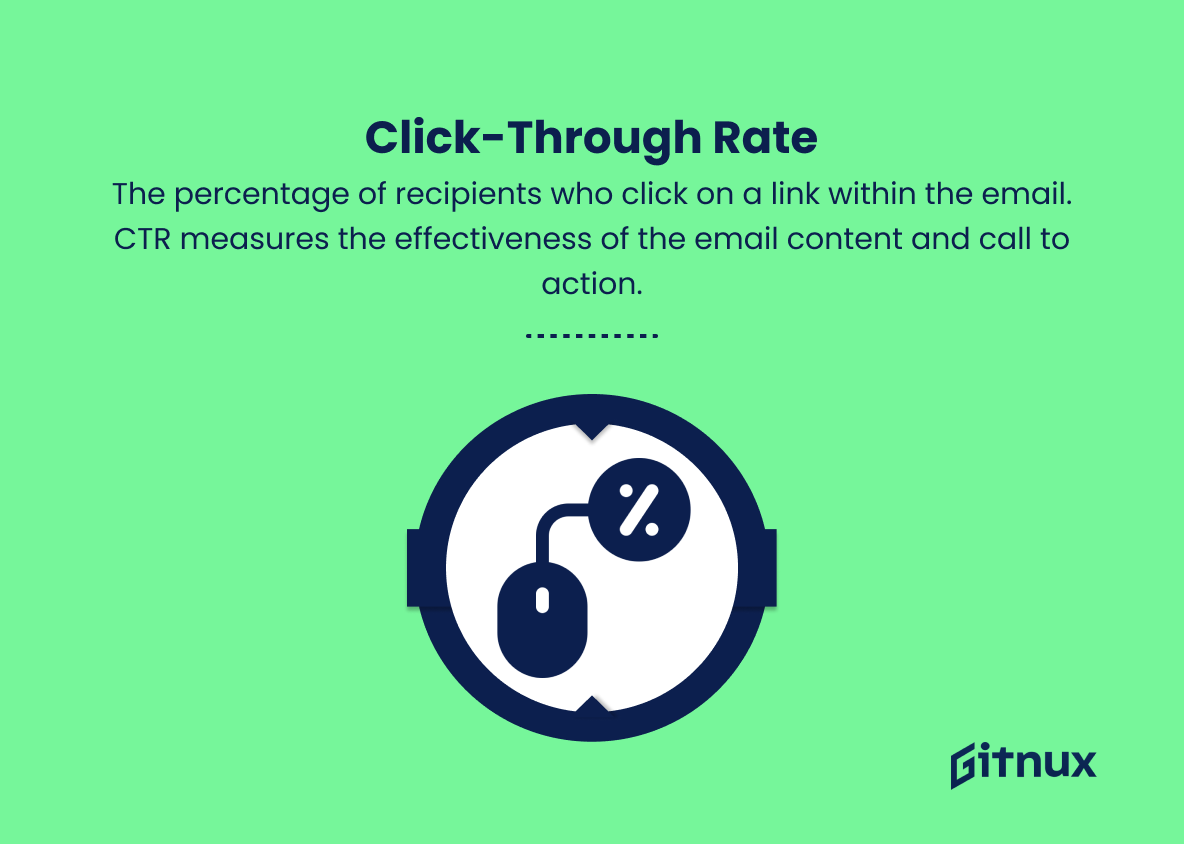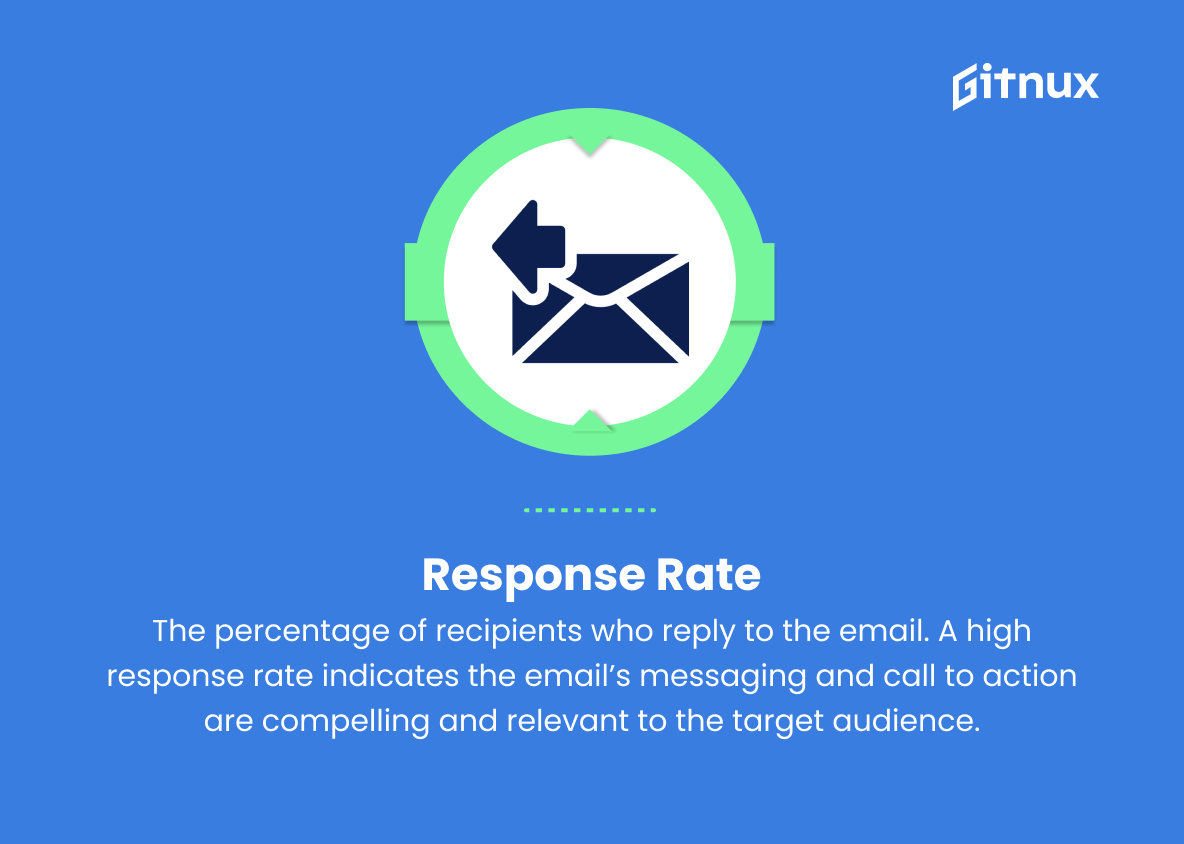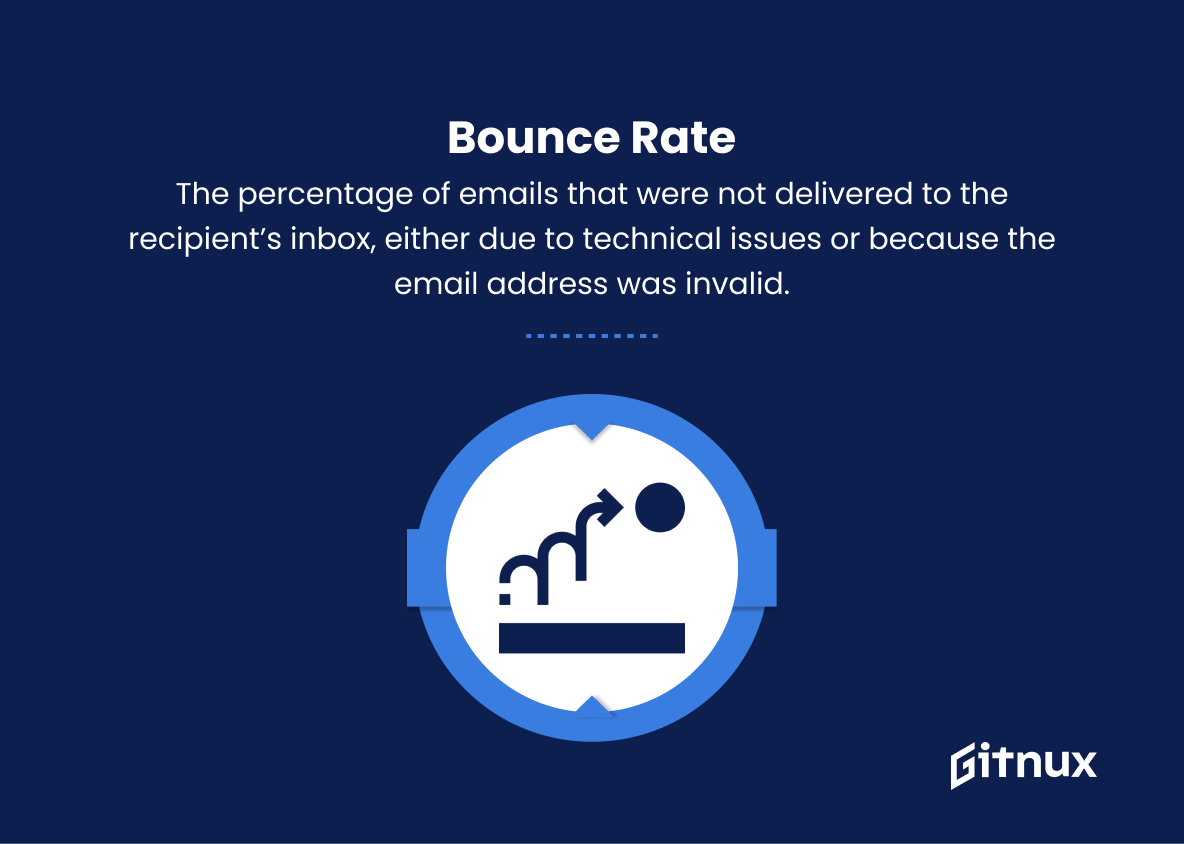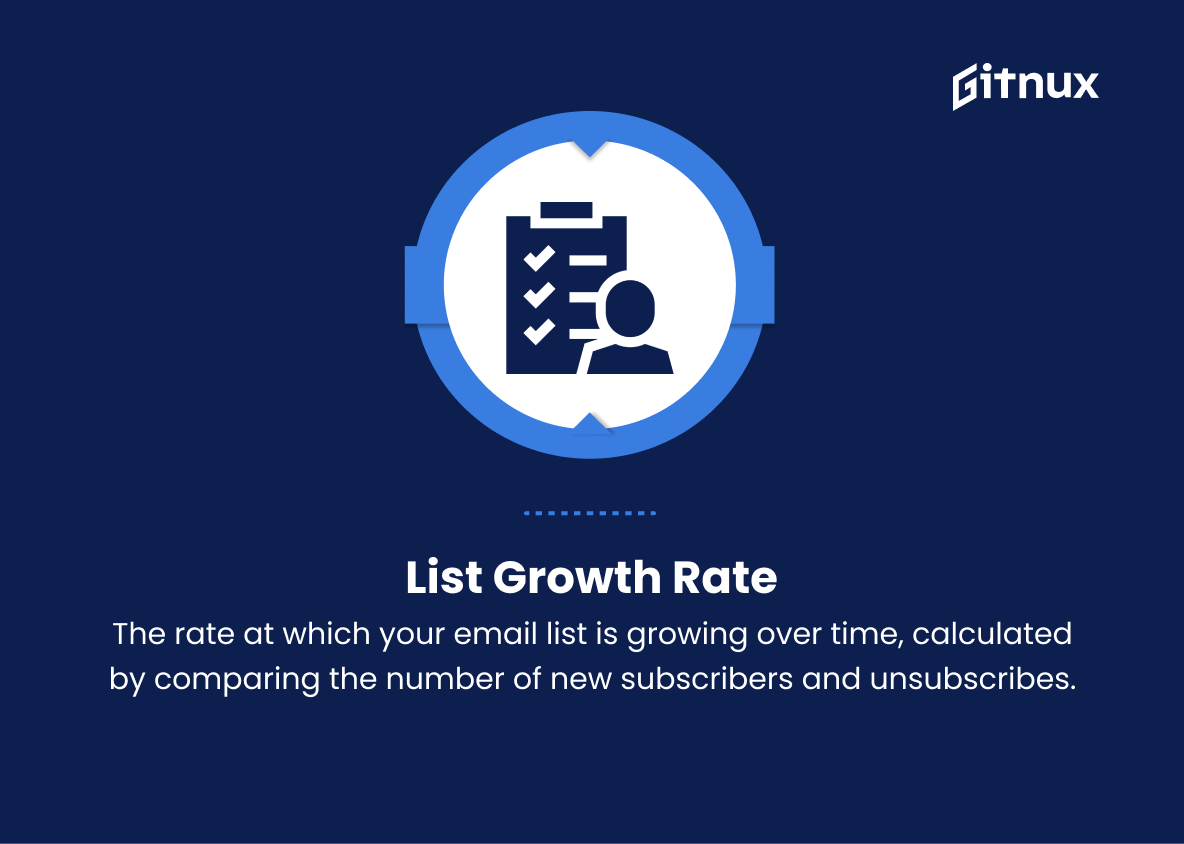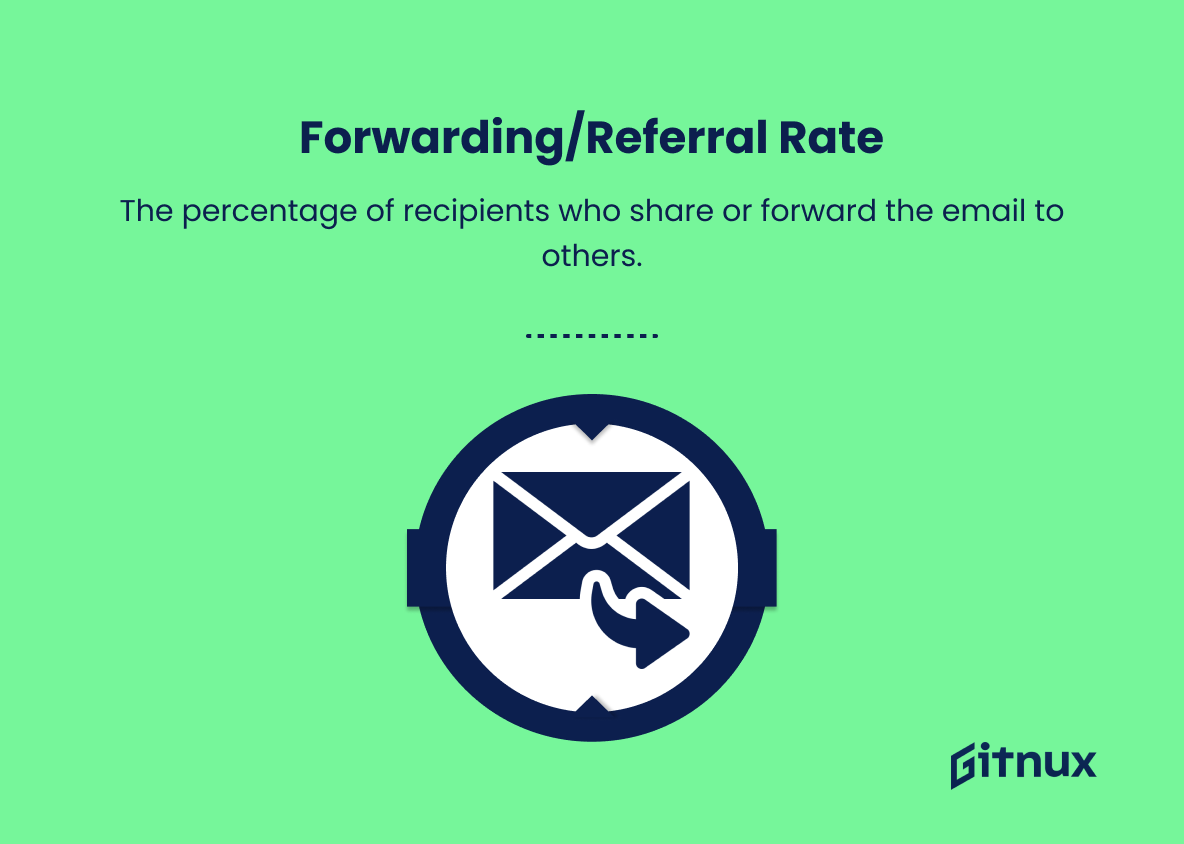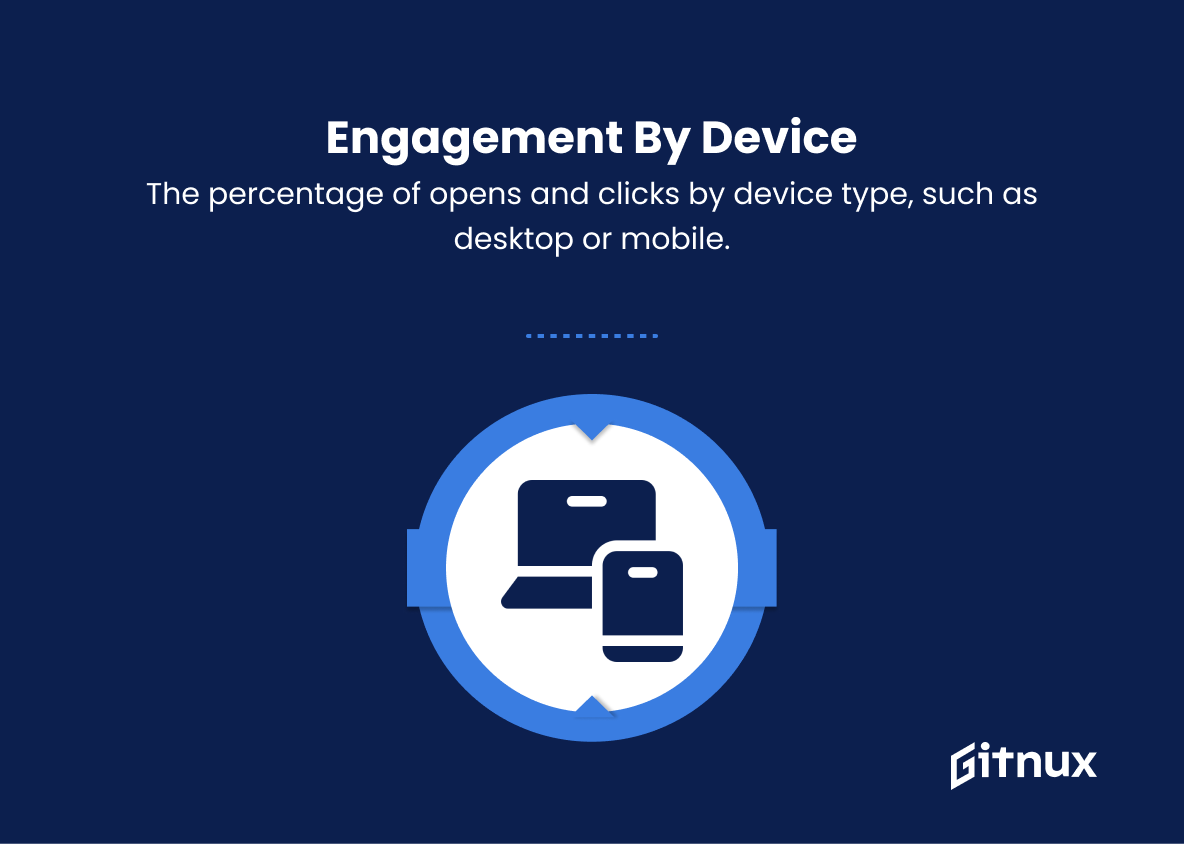In today’s fast-paced digital world, cold emailing has emerged as an essential communication tool for businesses striving to reach out to potential clients, foster relationships, and ultimately achieve their marketing and sales goals. However, what truly sets a successful cold email campaign apart from the rest is the ability to understand and optimize its key metrics.
In this thought-provoking blog post, we will delve deep into the critical cold email metrics every business needs to track, analyze, and leverage to maximize their outreach efforts, expand their networks, and secure a coveted place in their target audience’s inbox. So, sit back and let us unwrap the mystery behind the numbers that have the power to transform your cold email campaigns like never before.
Cold Email Metrics You Should Know
1. Open Rate
The percentage of recipients who open the email. This metric indicates the effectiveness of the email subject line and overall visibility in the recipient’s inbox.
2. Click-Through Rate (CTR)
The percentage of recipients who click on a link within the email. CTR measures the effectiveness of the email content and call to action.
3. Response Rate
The percentage of recipients who reply to the email. A high response rate indicates the email’s messaging and call to action are compelling and relevant to the target audience.
4. Bounce Rate
The percentage of emails that were not delivered to the recipient’s inbox, either due to technical issues or because the email address was invalid. A low bounce rate is essential for maintaining sender reputation and email deliverability.
5. Conversion Rate
The percentage of recipients who complete a desired action after clicking through from the email, such as making a purchase, signing up for a webinar, or downloading a resource. A high conversion rate indicates the email effectively drives prospects to engage with your offering.
6. Unsubscribe Rate
The percentage of recipients who opt-out of receiving further emails from your campaign. A high unsubscribe rate may suggest the content, frequency, or targeting of your campaign is not resonating with the audience.
7. List Growth Rate
The rate at which your email list is growing over time, calculated by comparing the number of new subscribers and unsubscribes. A healthy list growth rate indicates a consistent influx of fresh leads, which can help maintain email campaign performance.
8. Forwarding/Referral Rate
The percentage of recipients who share or forward the email to others. A high forwarding rate indicates the content is engaging and shareable, which can help expand your reach and brand exposure.
9. Time on Email
The average amount of time recipients spend reading your email. A longer time on email can indicate that the messaging and content are engaging and relevant to the audience.
10. Engagement by Device
The percentage of opens and clicks by device type, such as desktop or mobile. It helps you tailor future email campaigns to be more effective based on the devices your audience commonly uses.
11. Return on Investment (ROI)
The revenue generated from your email campaigns compared to the cost of running them. Tracking ROI can help you optimize your campaigns to maximize profitability and justify any budget allocations for email marketing initiatives.
Cold Email Metrics Explained
Cold email metrics are crucial in evaluating the success and effectiveness of an email marketing campaign. Open Rate measures the initial impact of your email subject line and visibility, while Click-Through Rate (CTR) assesses the relevance and resonance of your content and call-to-action within emails. Response Rate speaks to the persuasiveness of your messaging, and Bounce Rate helps maintain deliverability and sender reputation. Conversion Rate allows you to gauge the efficacy of driving desired actions from prospects, while Unsubscribe Rate indicates the level of satisfaction and relevance among recipients. List Growth Rate measures the health of your lead sources, and Forwarding/Referral Rate shows how engaging and shareable your content is for wider reach.
Time on Email and Engagement by Device help optimize your campaigns for stronger audience engagement, and tracking Return on Investment (ROI) ensures that your campaigns remain profitable and justifiable for marketing expenditure.
Conclusion
In conclusion, understanding and analyzing cold email metrics is crucial for any serious marketer or sales professional. By closely monitoring key performance indicators such as open rates, click-through rates, bounce rates, and conversion rates, you can identify areas of improvement, optimize your cold email campaigns, and achieve better results.
Remember that personalization, relevance, and timing are essential factors that can significantly impact your metrics. Keep testing and fine-tuning your strategies to ensure continued success in your cold email outreach efforts. With consistent efforts and a data-driven approach, you can get the most out of your cold email campaigns and steadily boost your business growth.
